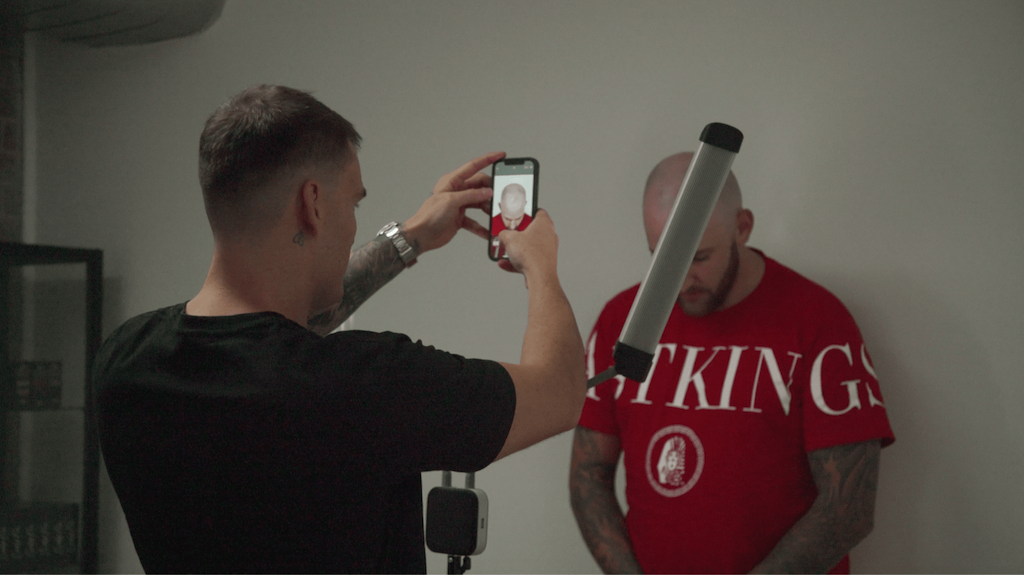Why Is My Hair Disappearing?
Before we delve into options for bald hair treatment, let’s first understand the science behind why you may have less hair on your head. While anyone can lose hair on their head, it’s probably no surprise that hair loss is more common in men. Hair loss can occur quickly or quite slowly over time and can appear in many different patterns or ways depending on the root cause.
Signs and symptoms of hair loss may include:
- Gradual thinning on top of head. This is the most common type of hair loss, affecting people as they age. In men, hair often begins to recede at the hairline on the forehead. Women typically have a broadening of the part in their hair or a receding hairline called frontal fibrosing alopecia.
- Circular or patchy bald spots. Some people have bald hair in circular or patchy bald spots on the scalp, beard or eyebrows. Your skin may become itchy or painful before the hair falls out.
- Sudden loosening of hair. A physical or emotional shock can cause hair to loosen. Handfuls of hair may come out when combing or washing your hair or even after gentle tugging. This type of hair loss usually causes overall hair thinning but is temporary.




